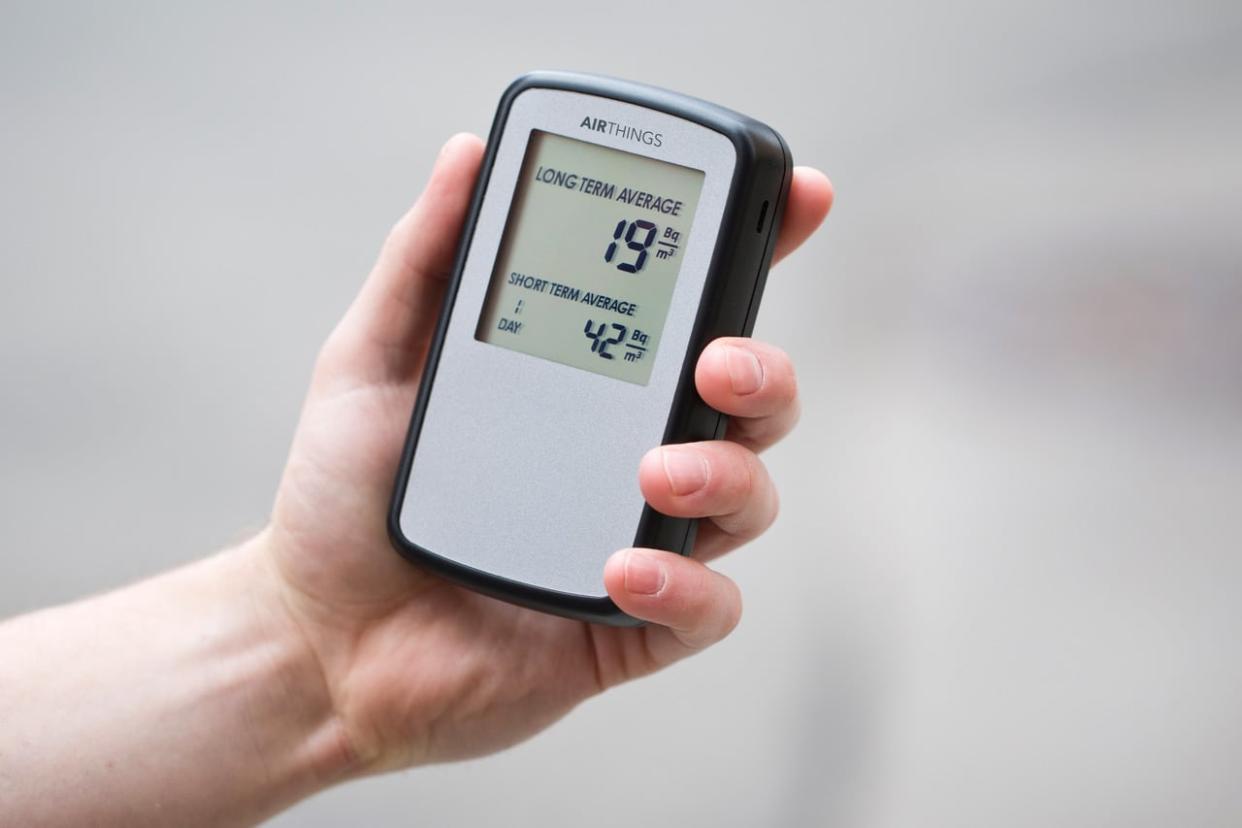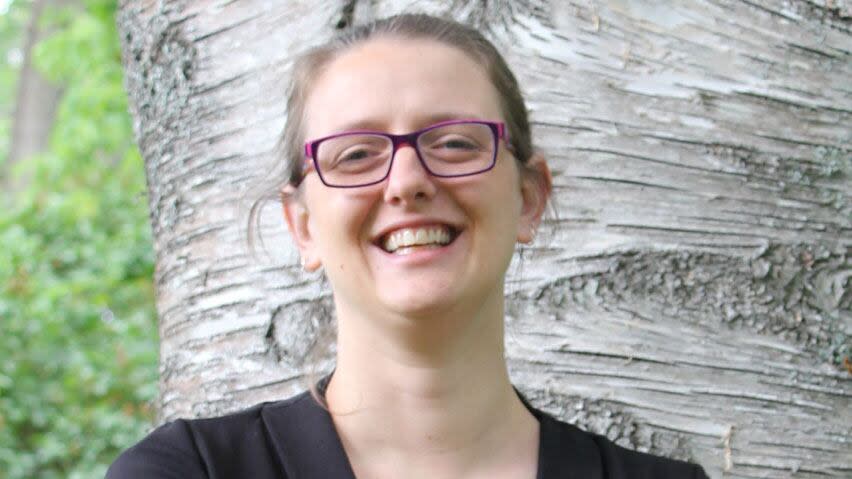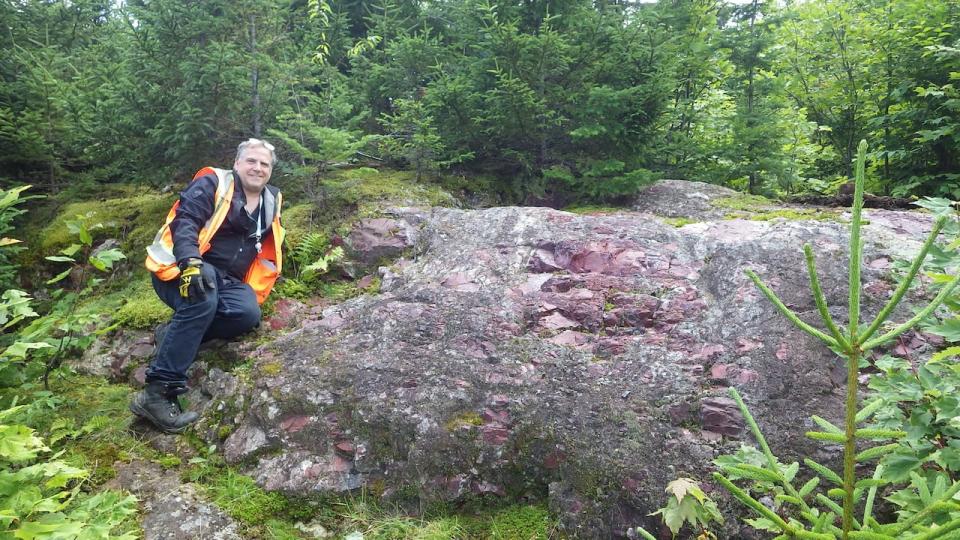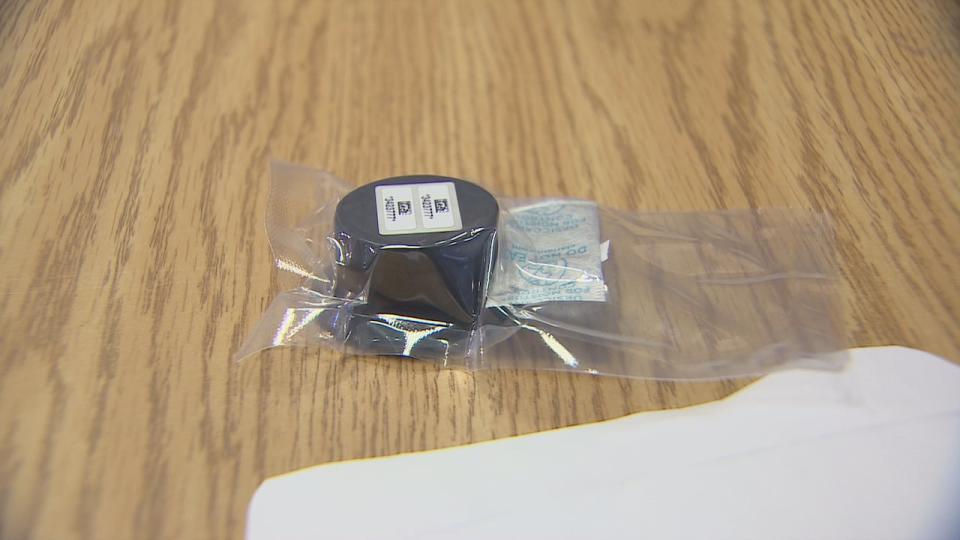N.B. Lung sounds alarm on radon exposure, calls on province to pay for testing

N.B. Lung is calling on the province to put money into helping New Brunswickers eliminate high radon levels in their homes.
The renewed call comes after the death from lung cancer of Angela Stief Lea, a health advocate who worked to spread awareness around radon home testing, said Melanie Langille, the president of N.B. Lung.
"That leaves a massive hole — she was a huge health advocate in the small community of Havelock," said Langille. Havelock is about 50 kilometres west of Moncton.
"She just did everything that she could to promote health in all aspects of her life, including right after her diagnosis.
"Her friends and family rallied around, started knocking on all the doors in the neighbourhood saying, 'Test your home, test your home, test your home. I don't want to want this to happen to you, too.'"
CBC News requested a response from the province on Tuesday, and again on Wednesday, about N.B. Lung's call for funding but has yet to receive a response.

Melanie Langille, president and CEO of N.B. Lung, says home repairs to mitigate high radon levels can be expensive. (Dusty Green)
Radon is an odourless, colourless and tasteless radioactive gas.
Langille said there are radon lending kits available at libraries across the province that can take a snapshot of a home's radon levels, but a long-term test kit, which captures radioactivity for at least 91 days, is recommended before making repairs.
In 2012, Health Canada released the results of a study that tested 14,000 homes across the country.
The two-year testing found seven per cent of those homes had levels of radon above the acceptable level, up from three to five per cent in 1970s testing.
Radon awareness 'crucial'
Pam Warkentin, the executive director of the Canadian Association of Radon Scientists and Technologists, is in Moncton this week for a national radon conference for researchers, public health officials and radon professionals.
She said with the conference being held in New Brunswick this year, it's a chance to connect with local groups to raise awareness about radon.
She said while radon awareness is important countrywide, it's especially crucial in New Brunswick.
"We do know from some of our surveys that we've done that New Brunswick is the highest province for the prevalence of homes with elevated radon," said Warkentin.

Geologist David Lentz says radon generally affects people whose homes are built on flood plains because clays absorb the type of radioactive elements that are naturally decaying. (Submitted by David Lentz)
University of New Brunswick geologist David Lentz said radon is the product of the decay of three radioactive elements: uranium 235, uranium 238 and thorium 232.
Lentz said the short half-life of radon is a problem because as someone inhales air that contains radon, it converts to polonium, which is what sticks in the lungs and can lead to cancer.
According to Health Canada, radon is the number one cause of lung cancer in non-smokers and exposure to high levels indoors increases the risk of developing cancer.
Health Canada also says that air pressure inside the home is usually lower than it is in the soil around the foundation, so the pressure difference draws air and other gases from the soil into the home.
Lentz said while there are anomalies when it comes to homes that are affected by radon, it generally affects people whose homes are built on flood plains because clays absorb the type of radioactive elements that are naturally decaying.
"When it goes through that decay step, that's when it leaks into areas," said Lentz. "Because it's a very heavy element, it can displace normal air with radon, and so that's why it accumulates in basements and/or in areas with lower ventilation."

Radon test kits, like the one pictured, can capture radon levels in a home for longer periods of time. (CBC)
According to Health Canada, radon can make its way into the home through any opening where the home makes contact with the ground, including foundation cracks, gaps around service pipes, window casements and wall cavities.
Langille said there are certified contractors who can fix these problems. She said the work involves putting pipes under the basement floor to capture the radon and expel it outside.
But the fix comes with a steep price tag, in the range of $2,000 to $3,000, which is what Langille wants the province to cover.
"That is simply out of reach for too many New Brunswickers, and it breaks my heart to know that there are so many people that are living with this unseen lung cancer risk," she said.
"If people are in a situation where they cannot afford to make those repairs, they're choosing between putting food on the table or gas in the gas tank for their car to get to work … the repair is going to fall off the priority list."

